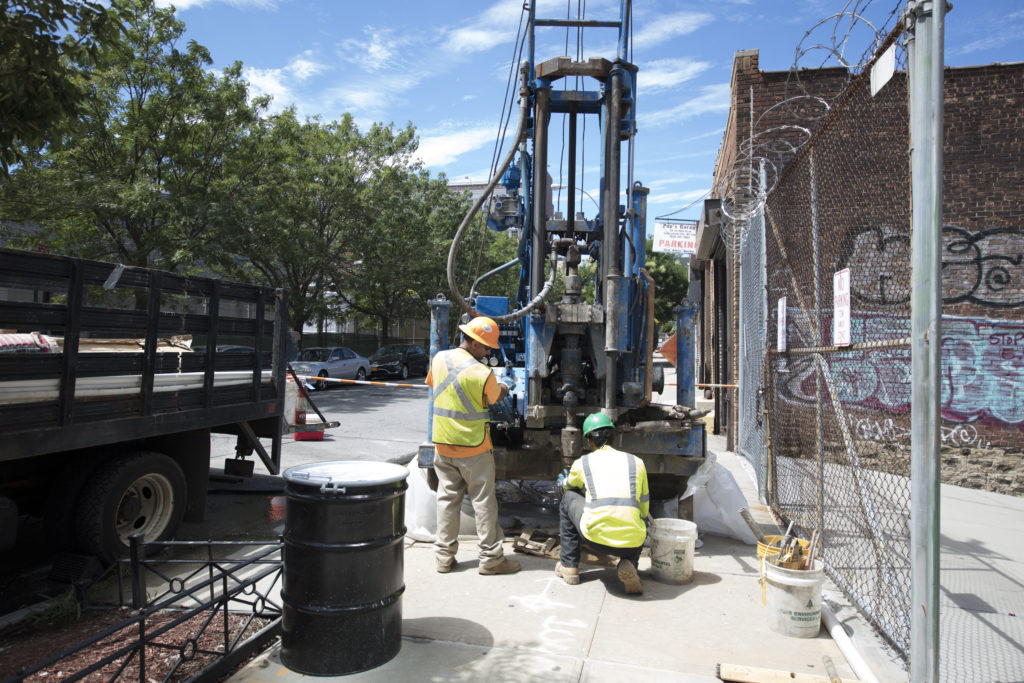There’s no shortage of technology options when it comes to drilling a test boring for soil sampling or installing a monitoring well. Selecting the most appropriate drilling method is a matter of matching the strengths of the drilling technology with subsurface conditions and your project goals.
In this blog, Senior Geologist Greg Cranham provides a brief overview of commonly used technologies for environmental drilling and investigation. He’ll describe the process for advancing the borehole, common applications, advantages, and disadvantages of six drilling methods.
Solid Stem Auger
In this method, augers about four or five inches length and roughly three inches in diameter are used to drill an open borehole to the desired depth.
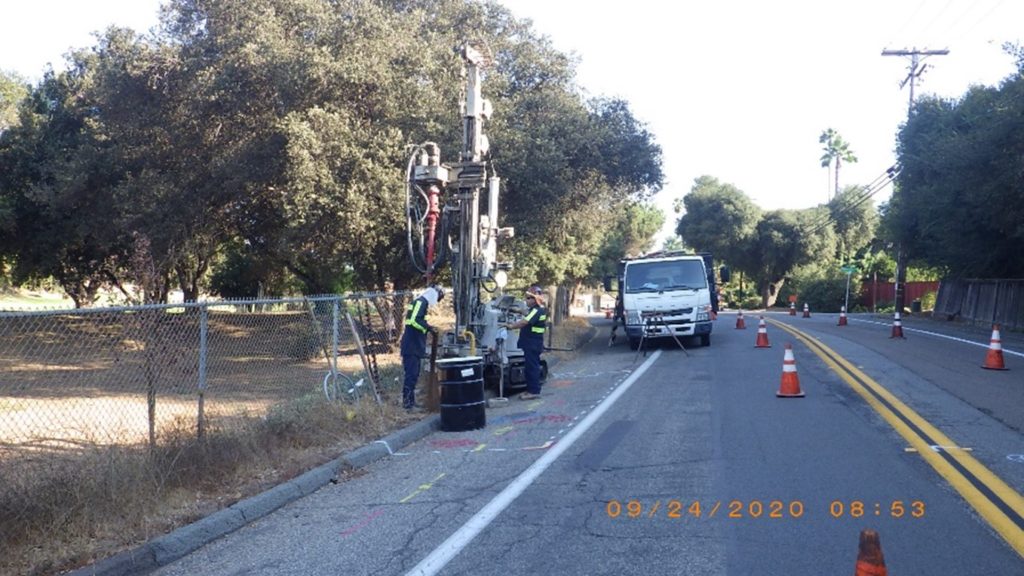
Application: Solid stem auger on a compact drill rig, called limited access rig, is commonly used to install soil vapor probes. The probes are placed from five to approximately twenty feet below land surface (bls).
Advantage: This equipment is cost-effective.
Disadvantage: Solid stem auger is a relatively low power drilling method resulting in limitations in the depth and diameter of the borehole.
Hollow Stem Auger
With this method, the augers maintain bore hole integrity and facilitate soil sampling and well installation. As the name implies, the center of each auger flight is hollow, allowing soil sampling equipment to be sent down the borehole without removing the auger. The well construction materials are then sent down the borehole through the auger at the end of drilling.
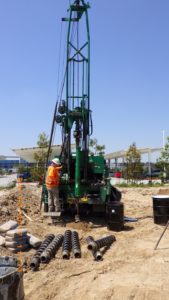
Application: Hollow stem auger (HSA) is suitable for environmental and geotechnical drilling. It’s generally preferred for shallow soil borings and installation of monitoring wells.
Advantage: HSA is cost-effective and can reach depths of over 200 feet bls depending on soil conditions. The drilling equipment is comparable to a medium-size truck, so can be used in most open locations.
Disadvantage: HSA drilling is most effective in unconsolidated soils and layers of sand, silt, clay and gravel because it cannot penetrate solid bedrock.
Roto-Sonic
Roto-sonic or “sonic” is a powerful drilling technology that uses rotation and vibration. A hollow drill tube is advanced into the subsurface using a variable frequency vibrating drill head. This loosens the material enough to allow the core barrel to progress. The inner barrel is then withdrawn, and the ‘plug’ of soil or rock is extruded using the same vibrating motor. Then an outer casing can be advanced to keep the borehole open. Using several diameters of casing to ‘telescope’ the borehole, it’s possible to reach nearly 500 feet bls using this method. After installing a monitoring well, the temporary casing is then withdrawn using the same sonic motor.
Some sonic drill rigs are equipped to use a traditional hammer-driven core sampler to obtain undisturbed soil samples for description or geotechnical laboratory analysis.
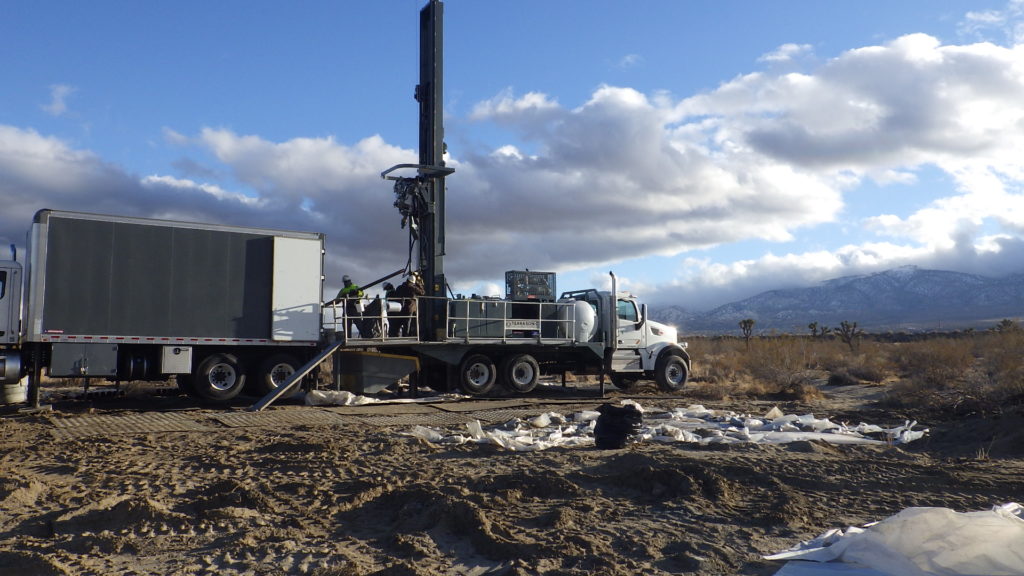
Application: Sonic is useful for both deep and shallow applications in almost any geologic conditions.
Advantage: Sonic drilling generates a nearly continuous series of soil cores for detailed logging of the subsurface. It produces significantly less drilling waste. It can penetrate the most challenging geologic conditions.
Disadvantage: Sonic drilling has a significant footprint of at least 25 feet on each side of the borehole. The project site must accommodate the drill rig and support truck that carries the casing segments and tooling. Sonic is typically more expensive than other drilling methods.
Air Rotary Casing Hammer
Air rotary casing hammer (ARCH) drilling advances a temporary casing. A tricone bit is used to drill the actual borehole using compressed air as the circulating fluid. The steel casing is advanced just behind the drill bit using a hammer assembly.
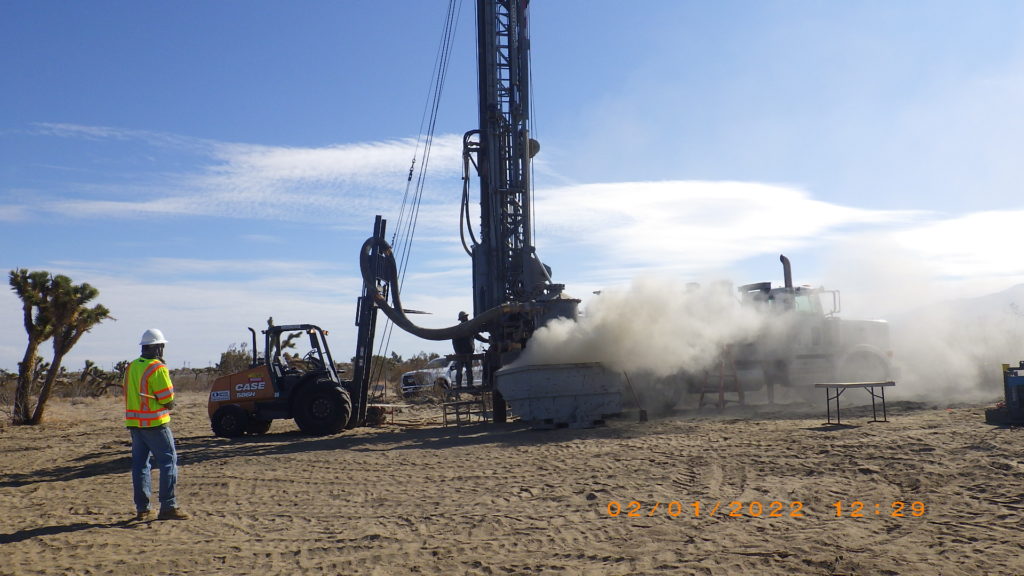
Soil samples are collected from a ‘cyclone’ that reduces the velocity of the air and drill cuttings, but the soil samples are basically pulverized. Undisturbed soil or core samples can be collected in a core barrel if the drill string is withdrawn from the borehole. A monitoring well can be installed through the temporary casing, which is then withdrawn using a hydraulic jack.
Application: ARCH works well for monitoring well installation and soil sampling in deep boreholes in rock formations.
Advantage: ARCH can reach a greater depth than sonic under certain soil conditions and generates little waste.
Disadvantage: ARCH is notable for being the loudest drilling method. It is fairly expensive. Like sonic, it requires a support truck with casing segments so adequate clearance is important.
Air Percussion
In air percussion drilling, a tricone or ‘flat-bottomed’ percussion bit is repeatedly lifted and dropped to advance the borehole. This method resembles a downhole jackhammer. The monitoring well is installed in the open borehole instead of temporary casing.
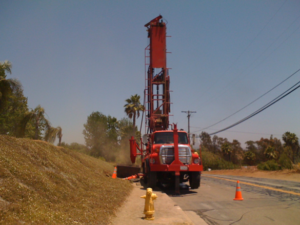
Application: Air percussion is a good solution for hard rock situations where the borehole will remain open without the need for steel casing.
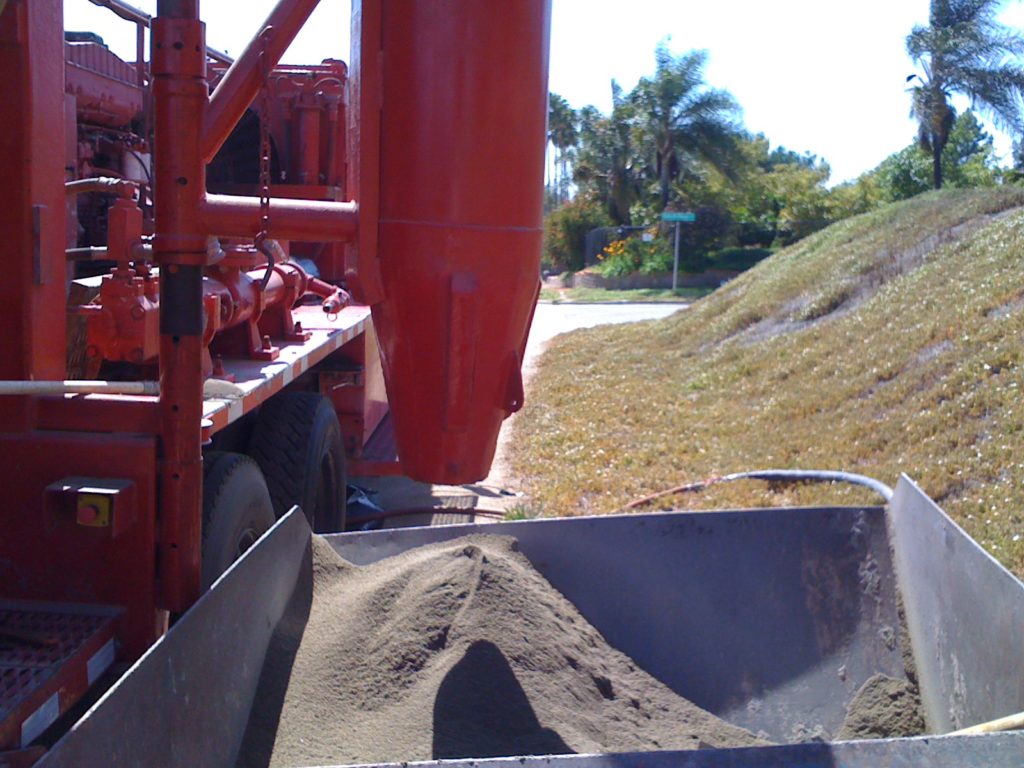
Advantage: Air percussion is effective in stiff soil or rock and can be used in most soil types. It generates minimal waste in the form of cuttings and produced water.
Disadvantage: Because this method advances an open borehole, it is not suitable for loose soils or heaving sands. It is necessary to withdraw the drill string and send down a wireline core barrel to get good-quality undisturbed samples.
Mud Rotary
In mud rotary drilling, a tricone bit is used to drill the borehole using a circulating fluid. The fluid, referred to as ‘drilling mud’ is a mixture of water, clay, and possibly additional additives. The thickness of the drilling mud (measured by weight and viscosity) can be adjusted to keep the borehole open and lift the cuttings to the surface.
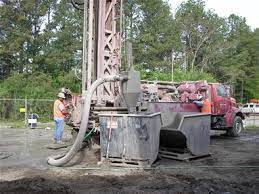
Application: Mud rotary is often preferred for soft sediments and unconsolidated formations, yet it can be used for consolidated bedrock. Generally, downhole geophysical methods are used to identify soil or rock changes in the borehole wall. A monitoring well is then installed through the thinned drilling mud, so adequate development of the well is critical when using mud rotary drilling. If an undisturbed soil sample is needed, the drill string can be withdrawn and a core barrel sent down the borehole.
Advantage: Mud rotary drilling surpasses other methods for maximum achievable depth. It is faster than auger drilling. The rig and tooling can be adapted to perform in a wide range of subsurface conditions.
Disadvantage: The cuttings are intermixed with mud, so clays and fine sands may be difficult to separate from the drilling fluid and distinguish in the field. Like some other methods, clearance for a support truck opposite the drill rig is required. Mud rotary drilling does generate a large quantity of drilling mud, cuttings, and development water. This waste may be contaminated if drilling in an area with chemical or other contaminants, requiring additional characterization disposal costs.
Drill Rig Options
Most drill rigs are available on a modified platform capable of accommodating challenging site conditions or utilizing multiple technologies on a single rig. These smaller units are referred to as limited or restricted access drill rigs. They can be used in narrow or low clearance locations, rough terrain, or on a small footprint. Limited access rigs are ideal for indoor and urban settings.
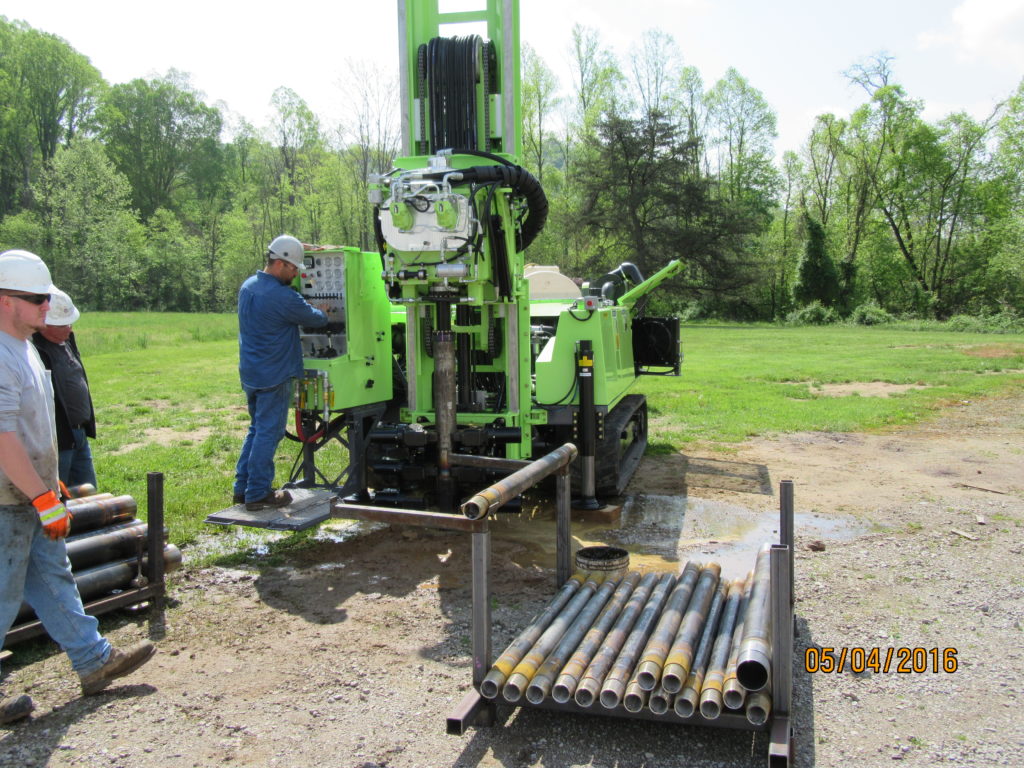
So, What’s the Right Drilling Method for Your Site?
There’s no one right answer to this question. Every environmental drilling project is unique with respect to subsurface conditions and project goals. By understanding the basics of the common drilling methods, you can choose the method that’s suited for your goals. Consider the following
- Geology- Subsurface conditions like consolidated soil, hard rock, soft sediments impact the speed and effectiveness of drilling.
- Scope- Parameters like the borehole depth, quality of soil samples, quantity of boreholes, and accessibility of borehole locations should be detailed prior to selecting a drilling method.
- Budget- Costs vary significantly with the various drilling methods. Be sure to account for additional costs for waste disposal and tooling.
- Availability- Does the drilling contractor offer the technology you want in the location you need it and at the time you need it?
Your environmental consultant can help sort this out and select the most suitable drilling method and contractor for your project.
The geologists and engineers at Hargis have decades of experience in monitoring well installation, well development, soil sampling, and groundwater monitoring. Contact us today at https://www.hargis.com/request-a-quote/ to discuss your project needs.
About the Author
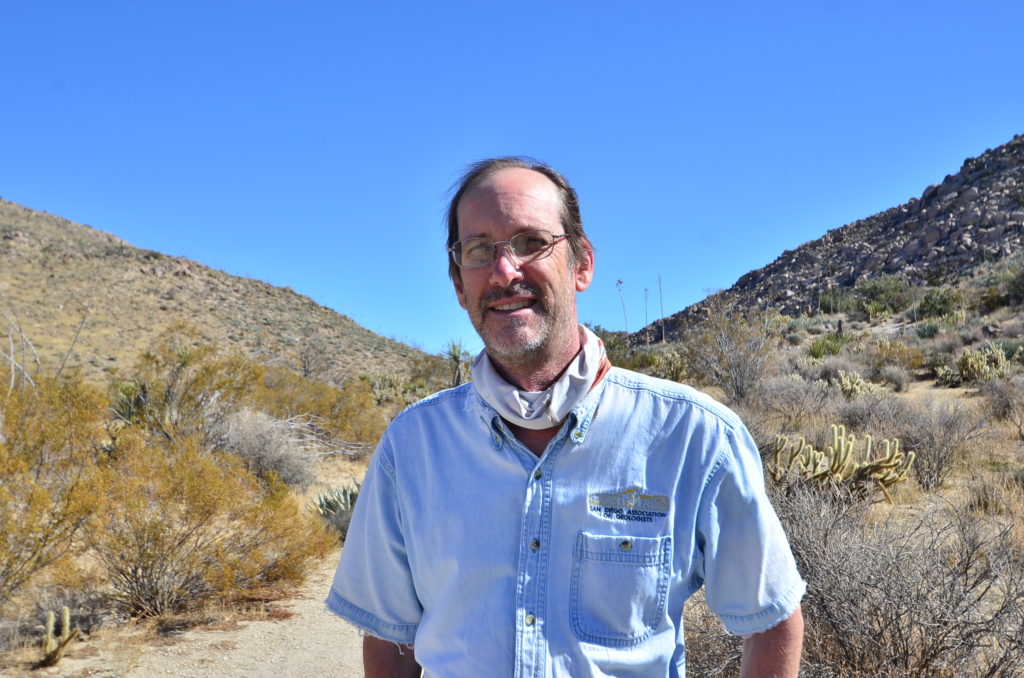
Greg Cranham
Senior Geologist, PG, CEG
Hargis + Associates
gcranham@hargis.com
www.hargis.com
For more than 30 years, Greg Cranham has been interpreting complex environmental data and historical records to help clients communicate critical issues in a clear and accurate manner. Cranham specializes in geologic mapping & interpretation, lithologic logging of wells and boreholes, air photo interpretation, historical document review, soil and groundwater sampling programs, and soil vapor surveys. Cranham is active in several professional organizations, and is a past president of the San Diego Association of Geologists.

